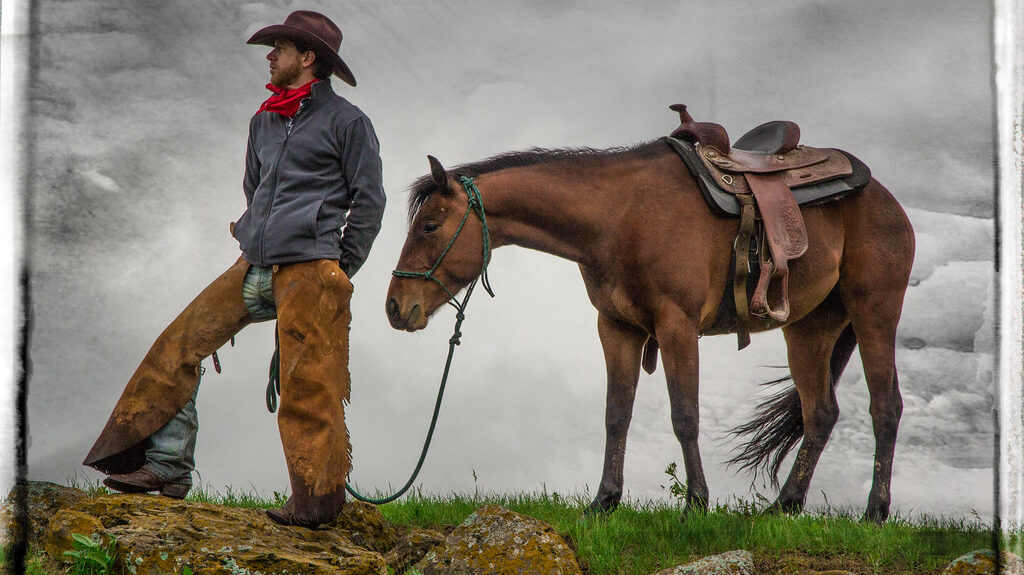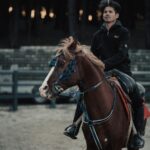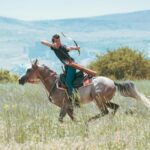The working ranch hand and their horse represent one of the most enduring partnerships in the American agricultural tradition. Long before mechanization transformed the landscape of farming and ranching, this human-equine bond formed the backbone of cattle operations across the western frontier. Today, despite technological advances, this relationship continues to thrive on working ranches throughout the country, where the skilled horsemanship and dedication of ranch hands remain irreplaceable. The daily rhythm of ranch life revolves around this special connection—one built on mutual trust, respect, and an intimate understanding that develops through countless hours spent working together in challenging conditions. This article explores the fascinating world of working ranch hands and their equine partners, examining how this relationship shapes their daily lives and the broader ranching culture.
The Historical Role of Ranch Hands and Their Horses
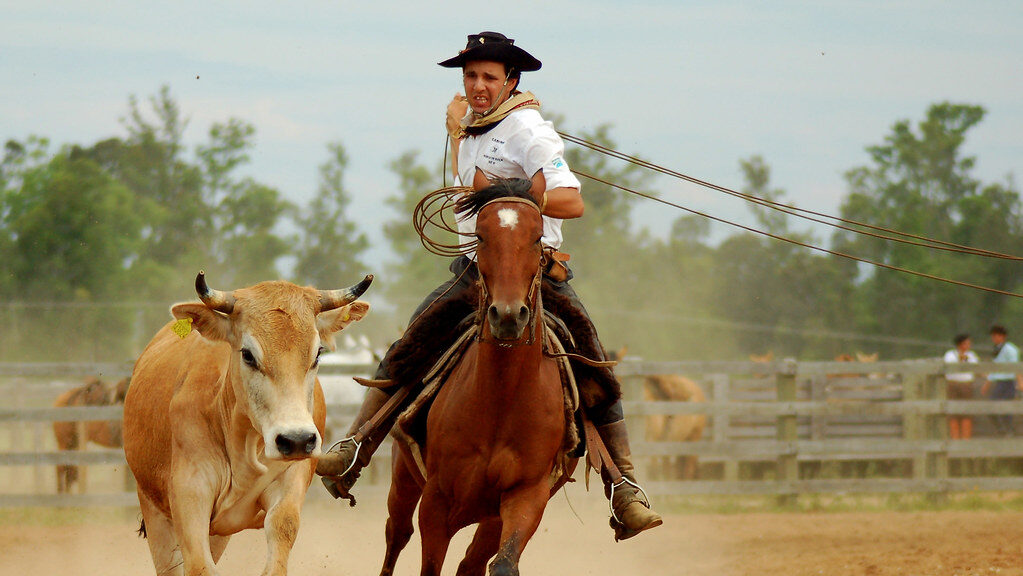
Ranch hands and their horses have been instrumental figures in American history since the late 1800s when the cattle industry boomed across the western territories. Following the Civil War, vast herds needed tending across expansive, unfenced ranges, creating demand for skilled riders who could manage livestock efficiently from horseback. The vaquero traditions of Spanish Mexico heavily influenced early American cowboy culture, contributing techniques of horsemanship and cattle handling that remain relevant today. These early ranch hands developed specialized skills for everything from breaking wild horses to conducting cattle drives spanning hundreds of miles. Their horses weren’t merely tools but essential partners whose intelligence and stamina often meant the difference between success and failure in the challenging and sometimes dangerous work of managing large herds across rugged terrain.
A Day in the Life: Morning Routines
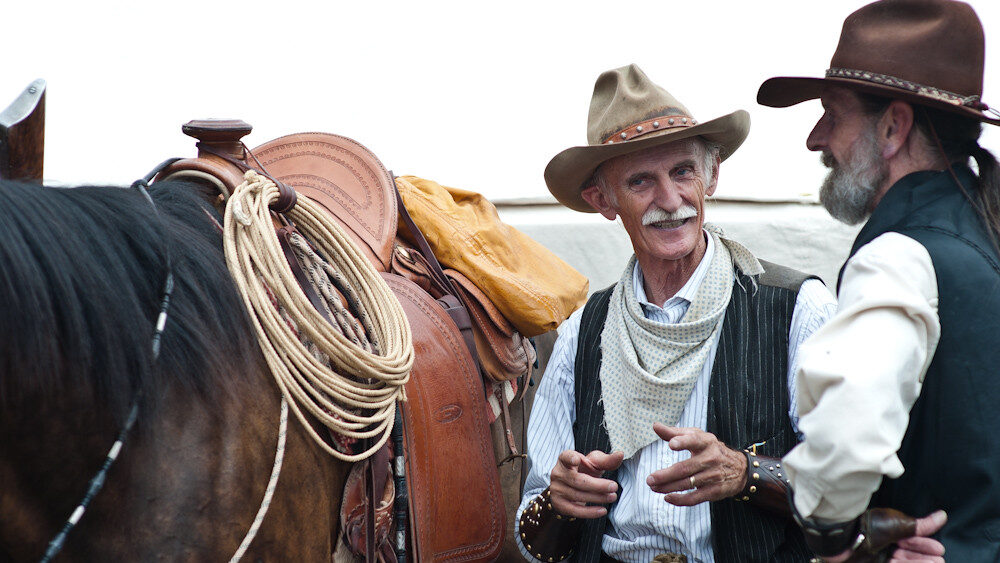
The working day for a ranch hand typically begins before dawn, when the world is still dark and quiet except for the ambient sounds of the ranch. Their first responsibility is often checking on their horse, ensuring it’s healthy and ready for the day’s work ahead. Morning feeding routines vary by ranch, but typically involve providing horses with hay and grain while assessing their condition and checking for any injuries that may have occurred overnight. Many ranch hands develop a deep intuitive understanding of their horses’ health, able to spot subtle changes in behavior or appearance that might indicate developing problems. This early morning ritual serves a dual purpose: it ensures the horse’s wellbeing while also strengthening the bond between rider and mount as they prepare to face the day’s challenges together.
The Working Horse: Breeds and Characteristics
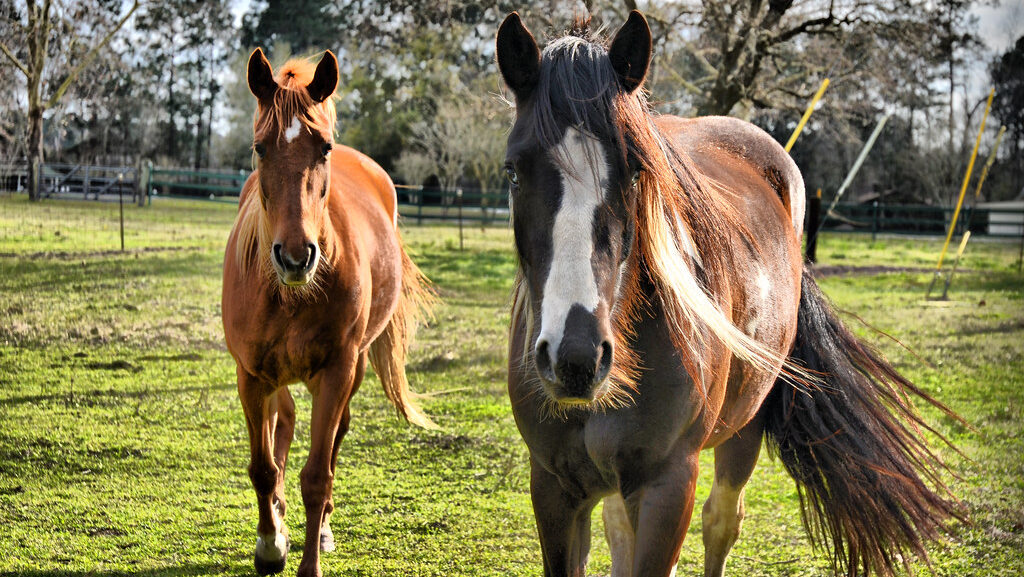
The ideal ranch horse combines intelligence, stamina, agility, and a calm temperament that allows it to handle unpredictable situations with cattle. Quarter Horses dominate the working ranch landscape due to their powerful hindquarters that enable quick acceleration and nimble turns—crucial abilities when working with cattle. Other common breeds include American Paint Horses, which share many physical characteristics with Quarter Horses, and various mustang crosses valued for their hardiness and natural cow sense. Regardless of breed, ranch horses must possess “cow sense”—an intuitive ability to anticipate and respond to cattle movements that makes them invaluable partners in herding operations. Physical durability is equally important, as these horses must withstand long days of work in challenging conditions ranging from steep, rocky terrain to muddy pastures and extreme weather.
Selecting and Training a Ranch Horse
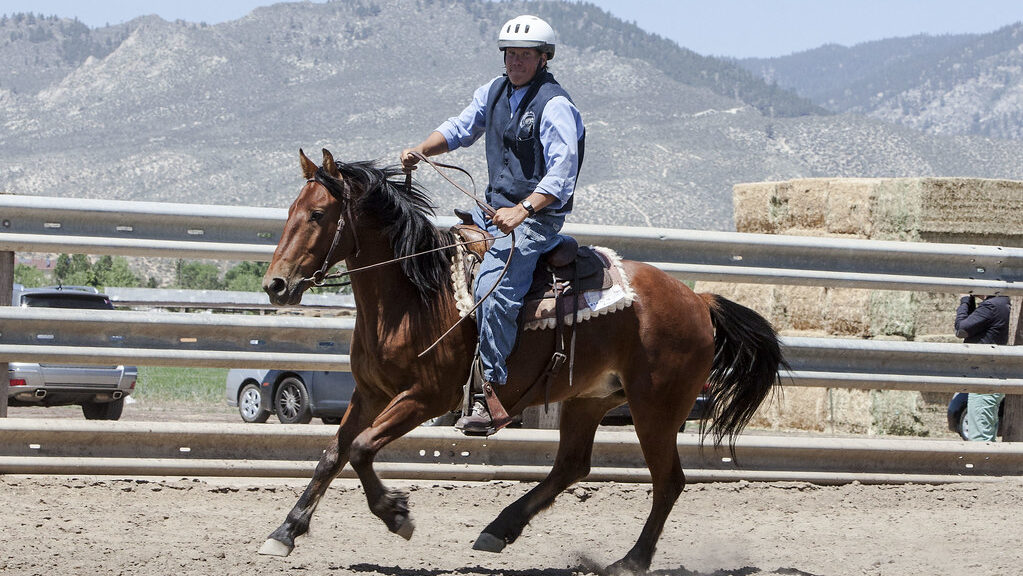
Finding the right working partner is a critical decision for ranch hands, who often spend more time with their horses than with other people. When selecting a prospect, experienced hands look for physical indicators of soundness and durability along with behavioral cues suggesting trainability and intelligence. Training a ranch horse is a methodical process that typically begins with groundwork to establish respect and basic commands before progressing to work under saddle. Unlike show horses trained for specific events, ranch horses receive broader education covering various practical skills, from crossing difficult terrain to working around potentially dangerous livestock. The most valued trait in these horses is versatility—the ability to perform multiple tasks well, from quietly carrying a rider during fence inspections to aggressively pursuing and turning cattle when necessary.
Essential Skills of the Ranch Hand
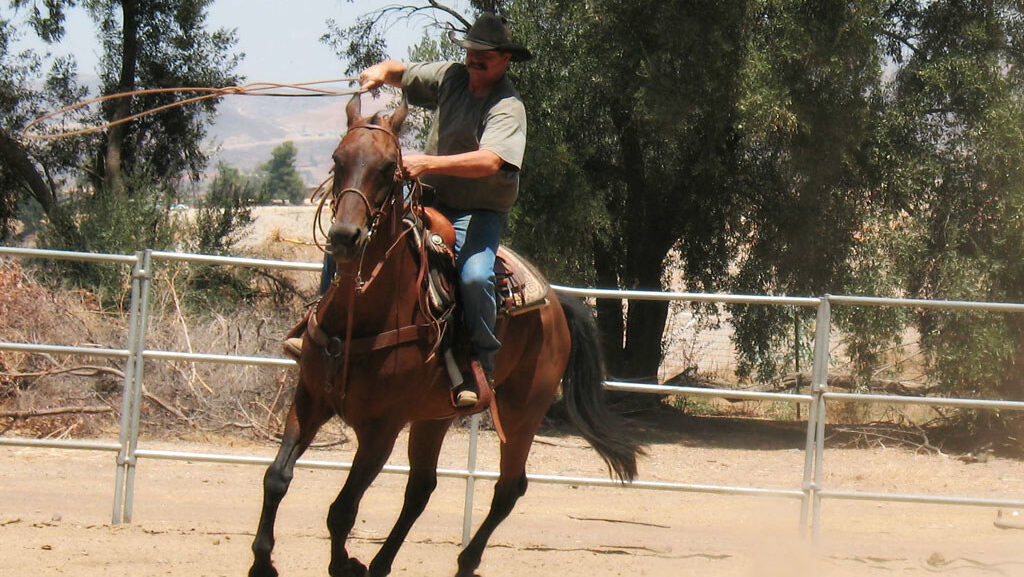
Successful ranch hands master a diverse skill set that extends far beyond basic horsemanship. They become proficient in reading and handling cattle, understanding bovine behavior well enough to anticipate movements and prevent dangerous situations before they develop. Rope work represents another critical skill, with techniques refined through countless hours of practice until throwing a loop becomes second nature. Mechanical aptitude proves invaluable for maintaining equipment ranging from simple tack to complex machinery used in modern ranching operations. Perhaps most importantly, ranch hands develop exceptional situational awareness—the ability to continually assess their environment, from changing weather conditions to the disposition of animals around them, allowing them to make quick decisions that ensure both efficiency and safety in their daily work.
Building the Human-Horse Partnership
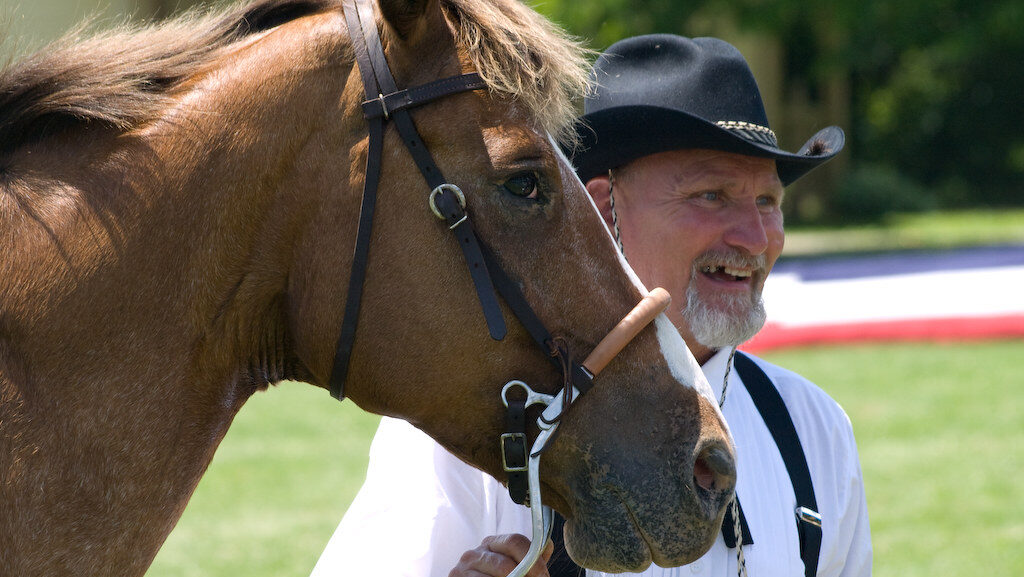
The bond between ranch hand and horse transcends a typical working relationship, evolving through shared experiences and mutual dependence. This partnership develops gradually through consistent handling, clear communication, and the shared challenge of difficult work that builds trust between horse and rider. Experienced ranch hands understand the importance of respecting their horses’ intelligence and natural instincts rather than trying to dominate through force. They recognize that horses respond best to confident, consistent leadership that acknowledges their needs and limitations while still expecting their best effort. The resulting partnership becomes remarkably intuitive, with horses often anticipating their riders’ intentions through subtle cues imperceptible to observers, making complex maneuvers with cattle appear almost effortless.
Seasonal Work and Changing Responsibilities
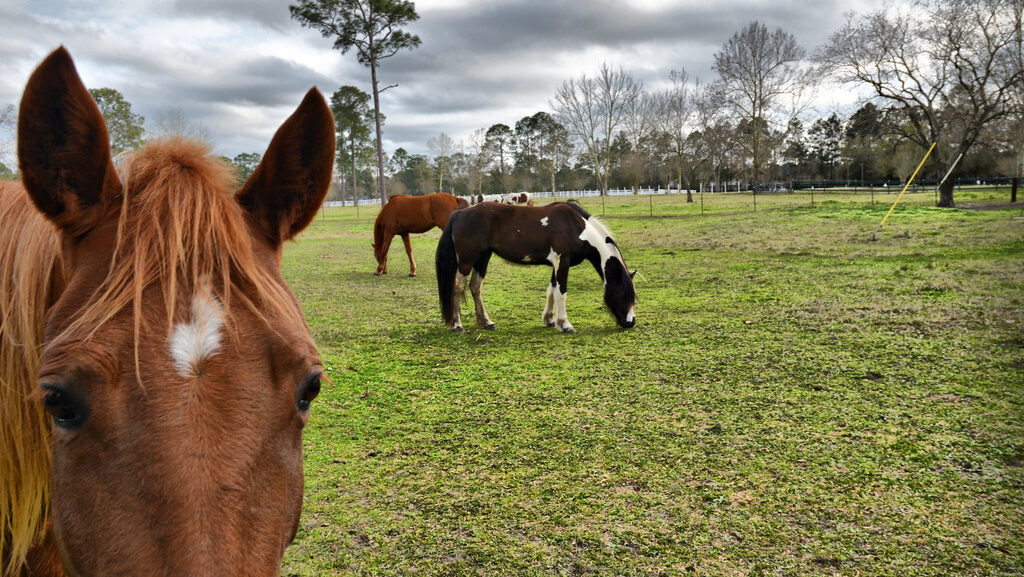
Ranch work follows natural cycles dictated by seasons, with responsibilities shifting throughout the year to address changing conditions and livestock needs. Spring often brings calving season, when ranch hands spend long hours in the saddle monitoring pregnant cows and assisting with difficult births, sometimes working through the night during peak calving periods. Summer typically involves moving cattle to higher pastures where the feed remains green longer, along with ongoing maintenance tasks like fixing fences and clearing irrigation ditches. Fall brings gathering and sorting operations as calves reach market weight, with ranch hands and their horses covering vast territories to locate and drive scattered cattle. Winter work focuses on daily feeding operations and livestock care during harsh weather, with horses proving invaluable for accessing areas unreachable by vehicles due to snow or mud.
Horsemanship Techniques Specific to Ranch Work
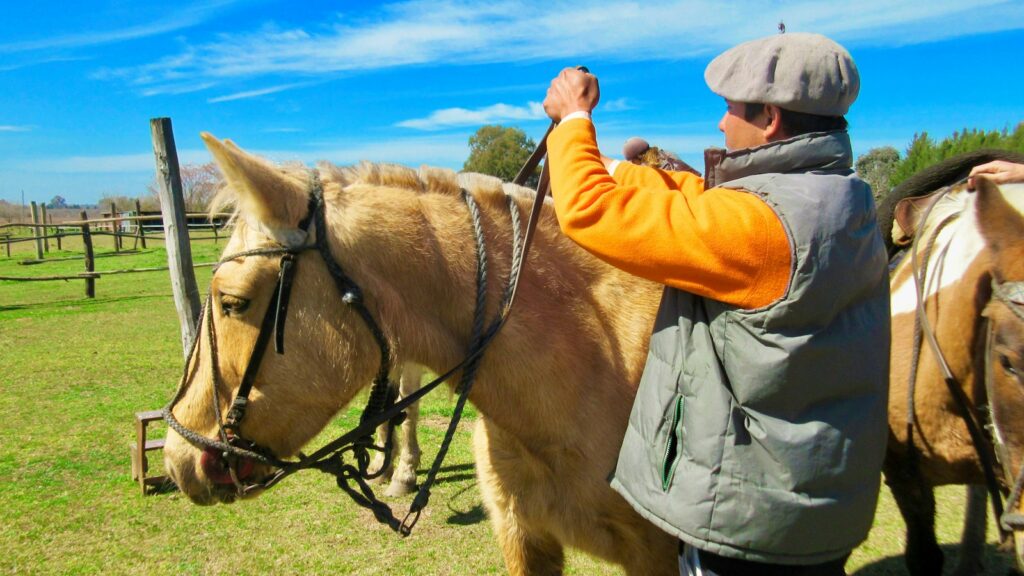
Working ranch horsemanship differs significantly from recreational or show riding, emphasizing practical functionality over style. Ranch hands develop a secure, balanced seat that allows them to remain mounted during unpredictable situations, such as when a horse must suddenly change direction to head off running cattle. They typically ride with longer stirrups than competition riders, providing greater stability during long days in the saddle while reducing leg fatigue. Reining handling tends to be minimal and nuanced, with well-trained ranch horses responding to subtle weight shifts and leg pressure rather than constant bit contact. This approach develops horses that work independently when necessary, such as when a ranch hand needs both hands free to open gates or throw a rope, yet remain responsive to rider guidance when required.
Health Care and Maintenance of Working Horses
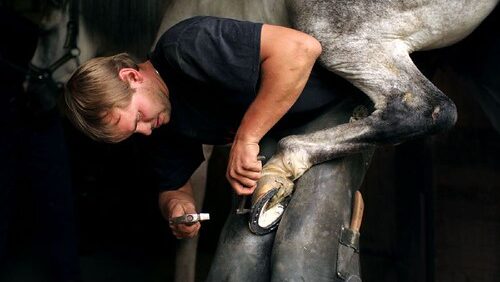
The demanding nature of ranch work requires diligent attention to equine health and conditioning to maintain a horse’s working longevity. Ranch hands become adept at performing basic veterinary care, from treating minor wounds to recognizing when professional intervention is necessary. Daily grooming serves both practical and diagnostic purposes, allowing handlers to check for injuries while removing dirt that could cause saddle sores during long workdays. Nutritional management becomes particularly important for working ranch horses, whose caloric needs fluctuate significantly based on workload and weather conditions. Thoughtful scheduling gives horses adequate recovery time between intensive work periods, with experienced hands closely monitoring their mounts for signs of excessive fatigue or developing lameness issues that could worsen without proper attention.
Living Arrangements and Personal Life
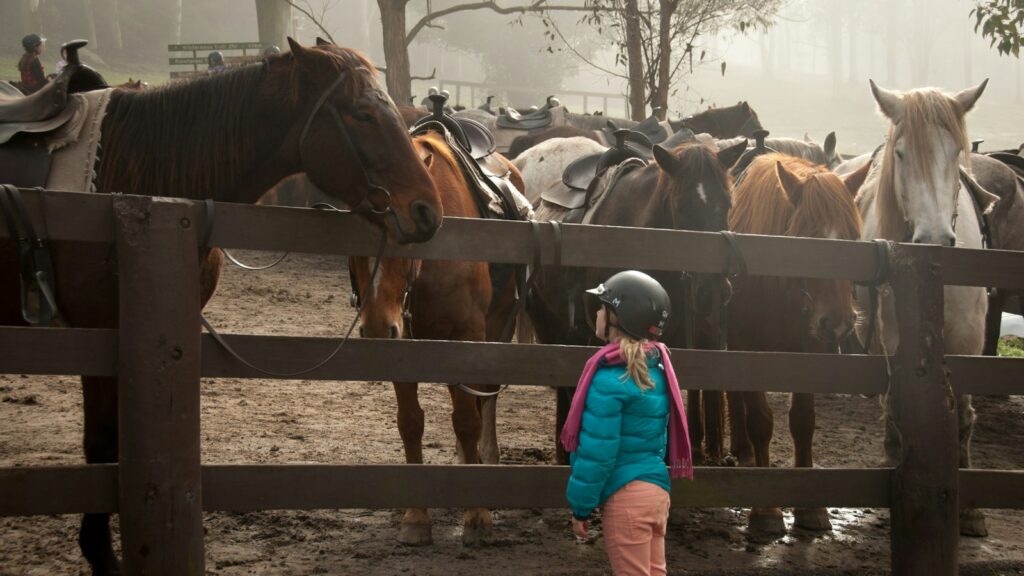
Ranch hands typically live on the properties where they work, often in bunkhouses, small cabins, or mobile homes provided as part of their compensation package. This arrangement creates a lifestyle where the line between work and personal time blurs, with hands remaining on call for emergencies regardless of the hour. Many operations provide housing for families, allowing married ranch workers to build stable home lives despite the demands of the job. Social life centers around the ranch community and neighboring properties, with opportunities for socializing often linked to work events like brandings or community gatherings at local establishments on rare evenings off. Despite the demanding schedule, many ranch hands express deep satisfaction with a lifestyle connected to the land and animals, valuing the purpose and meaning their work provides over conventional measures of success.
Economic Realities of Ranch Hand Life
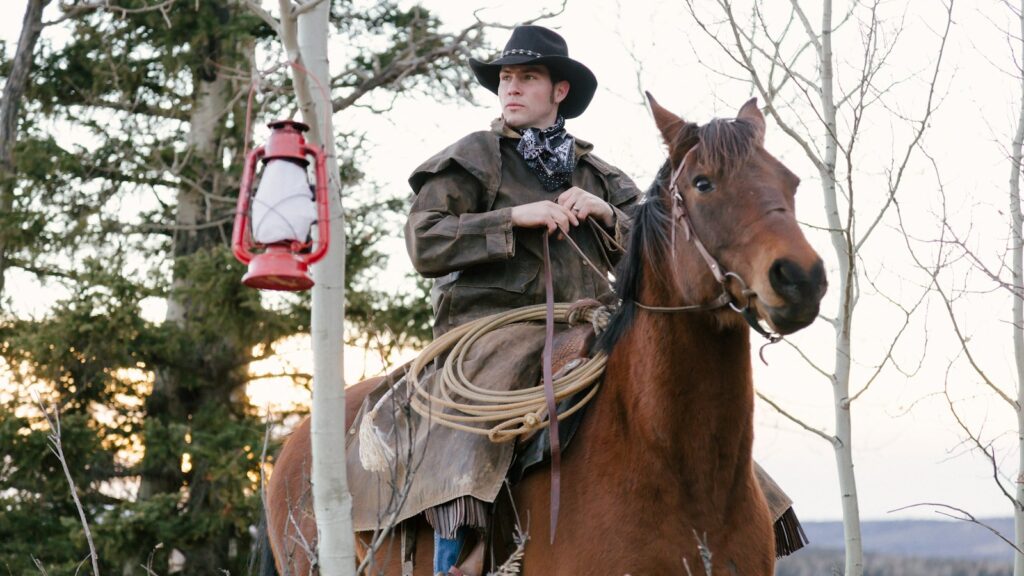
The financial aspects of ranch hand work reflect both traditional values and modern economic pressures facing the agricultural industry. Compensation typically combines modest monetary wages with significant non-cash benefits including housing, utilities, beef for personal consumption, and sometimes use of ranch vehicles. Many operations also provide horse boarding and feed as part of the employment package, allowing hands to own personal horses without additional expense. Career advancement generally comes through increased responsibility and specialized skills rather than formal promotions, with experienced hands eventually progressing to positions like cow boss or ranch manager. The lifestyle demands significant personal sacrifice, including limited free time and physical hardship, yet continues to attract individuals who value the independence, outdoor work environment, and meaningful connection to agricultural tradition over higher-paying but less fulfilling alternatives.
Modern Challenges and Adaptations
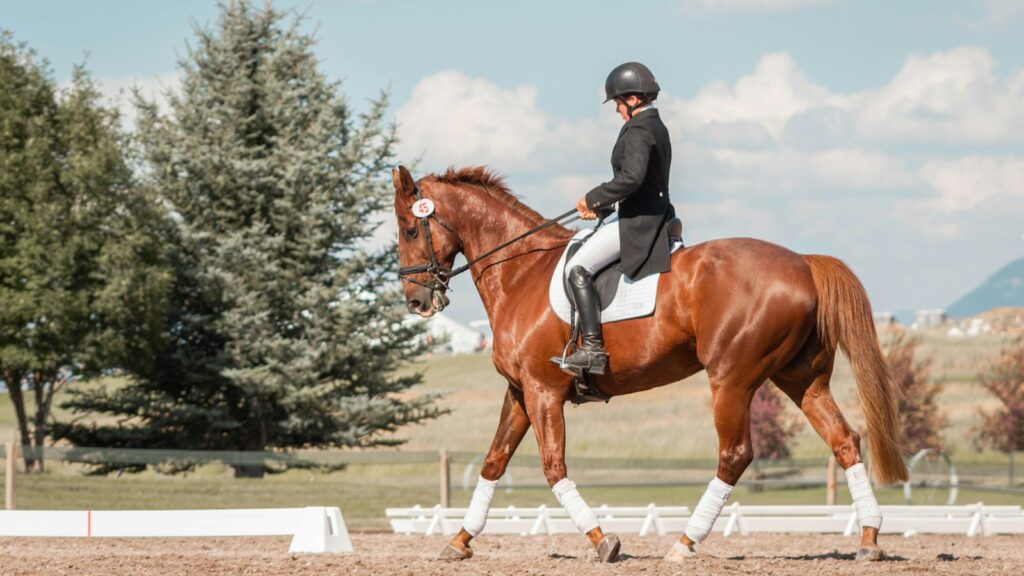
Today’s ranch hands navigate a world dramatically different from their historical predecessors, balancing traditional horsemanship with modern technology and changing market demands. Many operations now incorporate ATVs, trucks, and even helicopters for tasks previously performed exclusively on horseback, though horses remain irreplaceable for certain aspects of cattle work requiring agility and intuition. Environmental regulations and public land use policies have introduced new complexities to grazing management, requiring ranch workers to document their activities and adhere to strict guidelines. The rising average age of agricultural workers presents another challenge, with fewer young people pursuing careers in ranching despite initiatives by organizations like the Working Ranch Cowboys Association to preserve and promote the occupation. Despite these challenges, the essential partnership between skilled riders and well-trained horses continues to adapt and endure, evolving to meet contemporary demands while maintaining connections to ranching heritage.
Cultural Legacy and Future Prospects
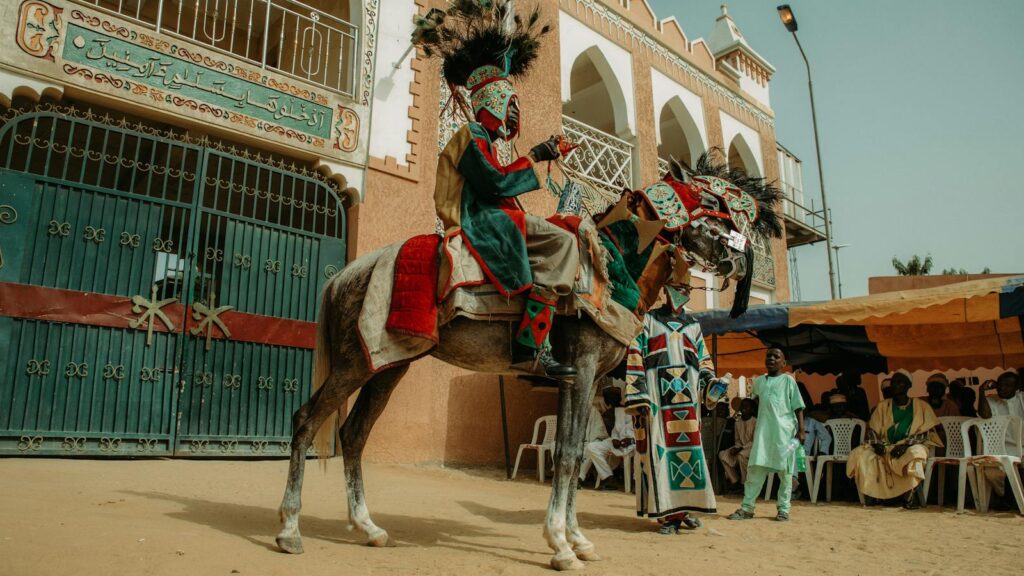
The working ranch hand tradition represents more than an occupation—it embodies a distinctly American cultural heritage that continues to influence our national identity and values. This legacy lives on through various cultural expressions including western literature, film, music, and competitive events like ranch rodeos that showcase authentic working skills rather than sport-focused techniques. Organizations dedicated to preserving Western heritage work to document disappearing knowledge and techniques, recognizing that once these traditions are lost, they cannot be authentically reconstructed. Looking forward, the future of working ranch hands depends on economic viability in an increasingly challenging agricultural marketplace, with some operations finding sustainability through diversification into areas like agritourism or specialty beef production. Despite uncertain economic prospects, the timeless partnership between skilled riders and their horses continues to inspire new generations drawn to this demanding but deeply rewarding way of life.
Partnership Of Horse & Ranch Hand in Modern Agriculture
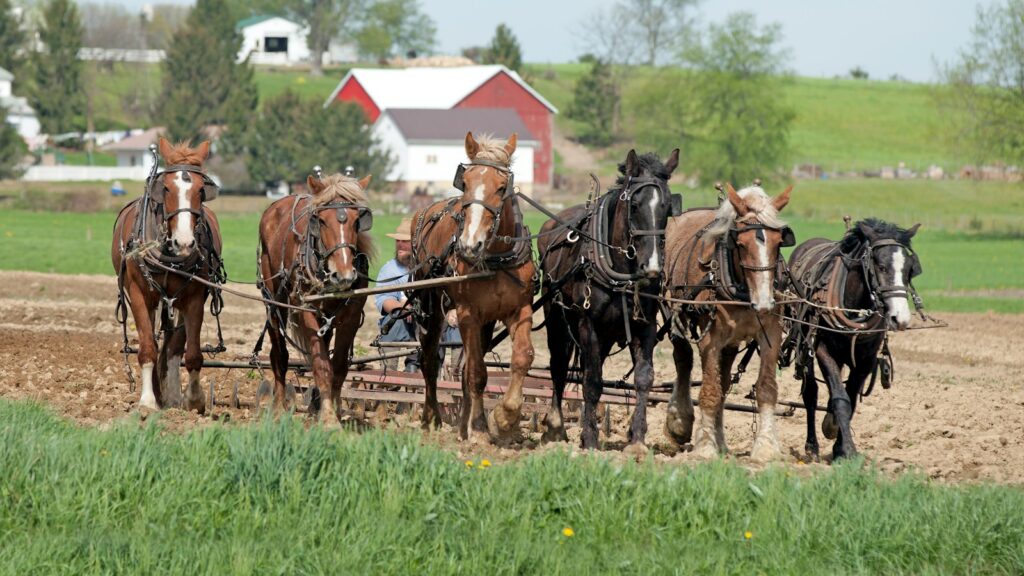
The working ranch hand and their horse exemplify a partnership that has withstood the test of time, adapting to changing circumstances while maintaining core elements that make this relationship uniquely valuable in agricultural production. In a world increasingly dominated by technology and automation, this human-equine collaboration demonstrates the continuing relevance of traditional skills and knowledge passed down through generations. The daily challenges faced by these teams build character traits increasingly rare in modern society: resilience, self-reliance, problem-solving, and an intimate connection to the natural world. As ranching continues to evolve in the twenty-first century, this enduring partnership remains at its heart—a living testament to the special bond that develops between dedicated ranch hands and the remarkable horses that share their working lives.

